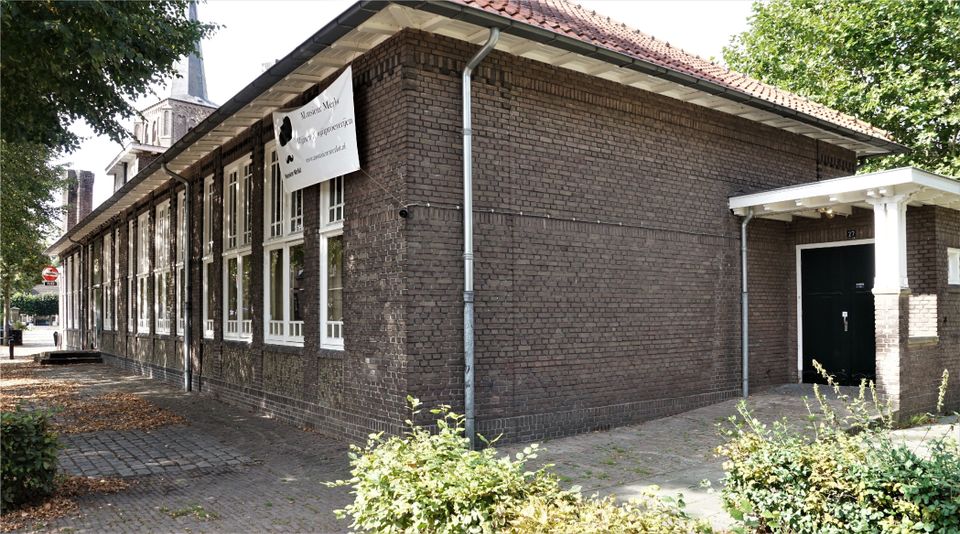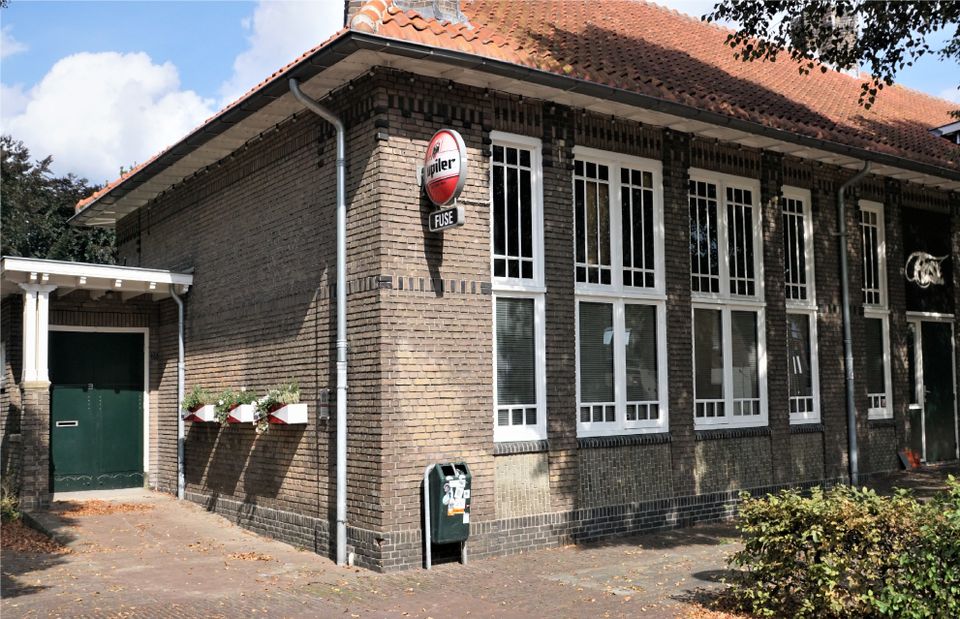School Katholieke Lagere Meisjesschool | Bakel
Contact
Schoolstraat 35
5761 BV Bakel Plan your route to School Katholieke Lagere Meisjesschool | Bakel
Bakel. Beautifully preserved girls' school, built in 1920.
Now used as a playgroup and youth club, in the past this building was a Catholic elementary school. A girls' school, because at that ti…
Bakel. Beautifully preserved girls' school, built in 1920.
Now used as a playgroup and youth club, in the past this building was a Catholic elementary school. A girls' school, because at that time there was still separate education, also for very young children. The building was built in 1920 and is a national monument. The building had four classrooms. Before that time, Bakel had only known a public elementary school. This was because special education was not yet paid for by the government; all costs had to be met by the children attending school. The Catholic school was taught by the Sisters of Oirschot, the nuns who resided in the adjacent convent, which unfortunately fell. In another building was a boys' school, on Schoolstraat. Unsegregated schools would arouse the sex drive too early. It was added that unsegregated schools would support women's drive for equality (by which things like women's suffrage were meant). The segregation was translated into the different Roman Catholic associations for boys and girls and the different saints that boys and girls were held up as examples in religious formation. Nonetheless, this school was quite an improvement, the old school had only 1 room in use and to reduce pupil numbers (an additional teacher was too expensive) children under 7 and over 12 were kept out.
The building was erected in the style of the Amsterdam School. As the name indicates, this style was particularly prevalent in Amsterdam. It was mainly used for government buildings, such as schools, and social housing. It was characterized by the use of much detail and full "plastic" facades. Materials consisted mainly of brick, while natural stone was used mainly for details. The peculiarity of this school is that here in Bakel, now fairly far from Amsterdam, and even further at the time, it was built in the Amsterdam School style, although in a regional variant in which a lot of wood was used for decorations. The building is also very well preserved, with no significant exterior changes.
Sources:
M. van der Plas, Uit het rijke Roomsche leven: een documentaire over de jaren 1925-1935, 1963, Uitgeverij Ambo B.V., Baarn
P.H. Nooijen, Between Peel and Aa, 1967
RCE, Monument description





